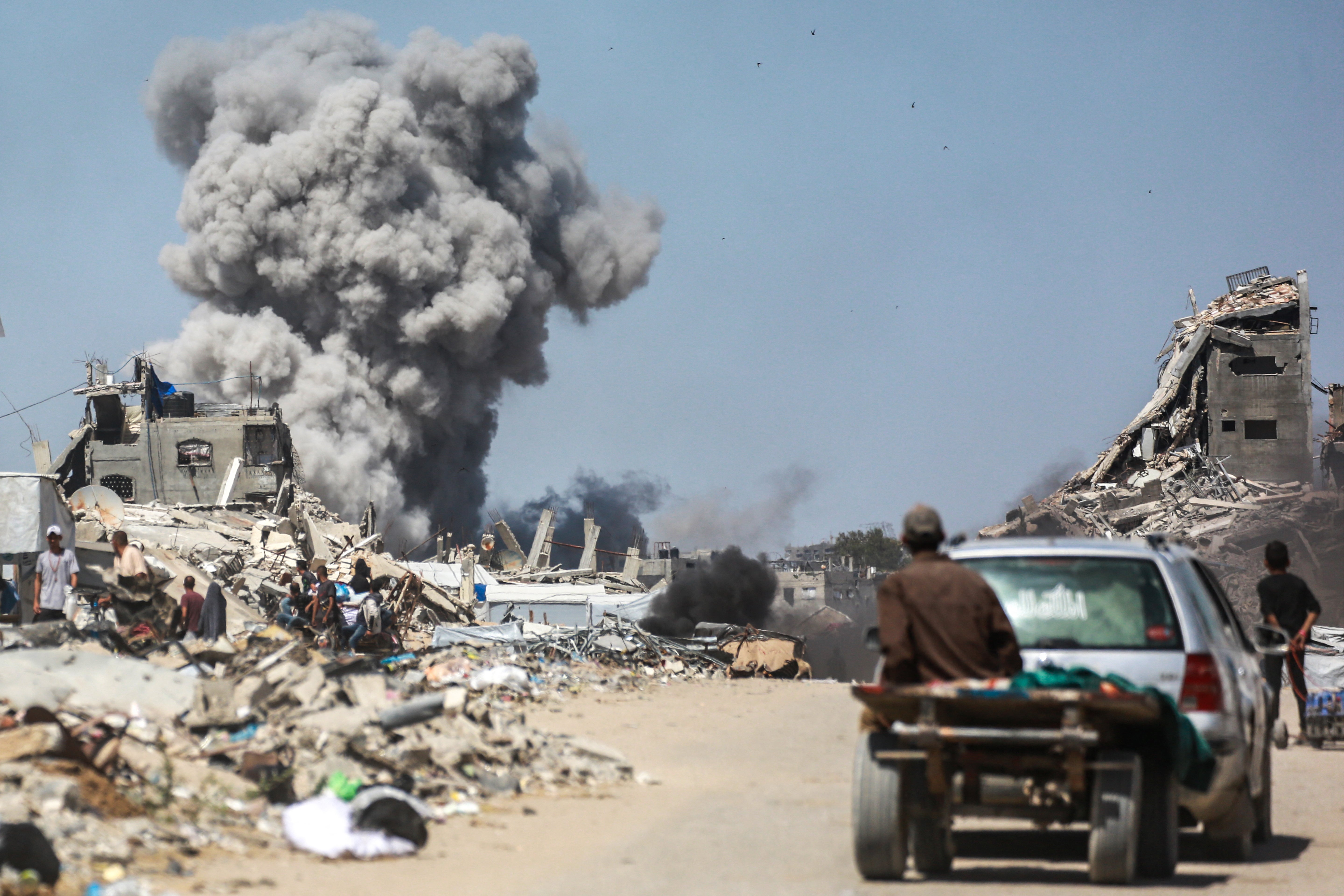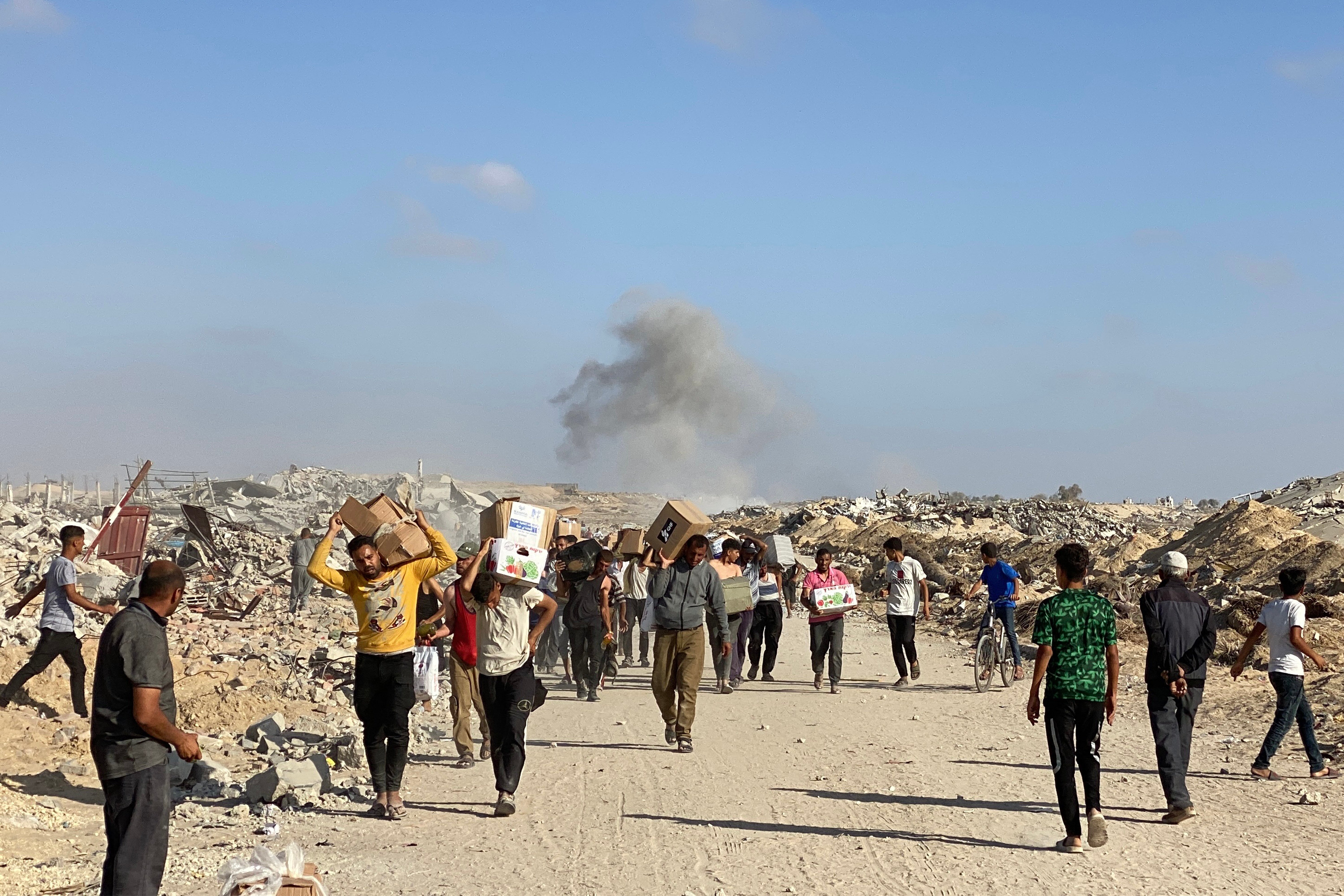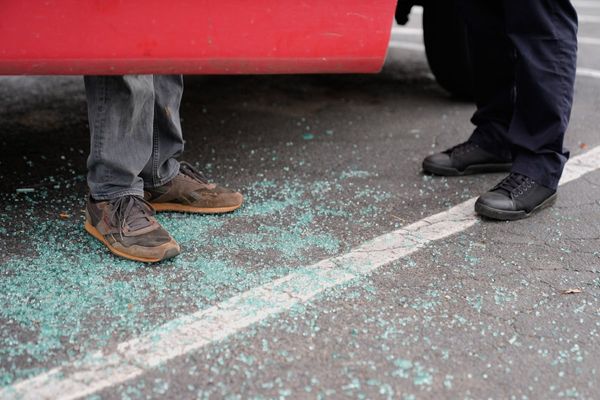As starvation tears through Gaza and Israel’s military offensive in the enclave continues, efforts towards striking a peace agreement continue.
Israel is examining Hamas’ response to a Gaza ceasefire proposal which it issued on Wednesday, prime minister Benjamin Netanyahu’s office said.
One Israeli official told the Associated Press that the response was “workable”, without providing any further details.
Donald Trump’s envoy to the Middle East, Steve Witkoff, has arrived in Rome for ceasefire talks where he hopes to push through a deal, after Hamas objected to the initial terms proposed by Israel.
Mr Witkoff is due to meet with senior Israeli and Qatari in an attempt to rescue plans for a 60-day truce, which could see Israel allow more aid for starving Palestinians and the release of Israeli hostages.
Here is all we know about the Gaza ceasefire deal.
What do Israel and Hamas want?
Israeli Prime Minister Benjamin Netanyahu has set out specific criteria to end the war: the release of all hostages taken in the 7 October attacks and the destruction of Hamas.
He has said Israel will control Gaza indefinitely and facilitate what he refers to as the voluntary emigration of much of its population.

Palestinians and most of the international community have rejected plans to resettle Gaza's population, a move experts say would likely violate international law.
Hamas has said it will only release the remaining hostages in return for the release of more Palestinian prisoners, a lasting ceasefire and a full Israeli withdrawal. It has offered to give up power to a committee of politically independent Palestinians that could oversee the reconstruction of the enclave.
Hamas is still holding 50 hostages, around 20 of which Israel believes to be alive.
What is the latest ceasefire proposal?
Exactly what was included in Israel’s proposal or Hamas’ response is not entirely clear. But we do know the details of the US-backed 60-day ceasefire proposal, which envisages Israeli withdrawal from parts of Gaza, discussions on a permanent ceasefire, and a phased release of hostages, an official familiar with the negotiations told Reuters earlier in July.
The plan is subject to approval by both parties involved in the conflict. US, Qatari and Egyptian mediators have been working to secure an agreement.
But in accordance with a January 19 agreement, aid will immediately enter Gaza in sufficient amounts with the involvement of the United Nations and the International Committee of the Red Cross. An unfolding starvation crisis has seen dozens of Palestinians die of hunger in recent weeks, including 80 children, according to Palestinian health officials.
Ten hostages will be returned along with the bodies of 18 others held hostage. On day 1, eight hostages would be released. On day 7, five bodies would be released, on day 30, another five bodies would be released, on day 50, two living hostages would be released, and on day 60, eight more bodies would be released.

On day one of the ceasefire, after the release of eight hostages, the Israeli army will withdraw from parts of northern Gaza as per maps which are yet to be agreed. On day 7, Israel will withdraw from parts of the south. A technical team will work on drawing boundaries during rapid negotiations after the framework is agreed.
Negotiations will also begin on a permanent ceasefire, with key points involving the remaining prisoner exchanges, long-term security arrangements in Gaza, and the declaration of a permanent ceasefire.
In the event an agreement is reached, all remaining Palestinian prisoners detained from Gaza since 7 October 2023 would be released.
Why is it so hard to end the conflict?
A total of 62,614 Palestinians have died since the beginning of the war, mostly women and children, according to Palestinian health officials. Israel’s campaign followed the Hamas-led attacks in southern Israel on 7 October 2023 which killed some 1,200 people, mostly civilians, and abducted 251 hostages.
The offensive has destroyed vast areas of Gaza and displaced around 90 per cent of its population of roughly 2 million Palestinians, with hundreds of thousands living in squalid tent camps and unused schools. A humanitarian crisis has developed due to the aid blockage, with dozens of children dying in Gaza from hunger and malnutrition.
More than half the hostages have been released in ceasefires or other deals. Israel has rescued eight and recovered dozens of bodies.

Hamas has been vastly depleted militarily and lost nearly all of its top leaders in Gaza. It likely fears that releasing all the hostages without securing a permanent ceasefire would allow Israel to launch an even more devastating campaign to ultimately destroy the group.
Israel says a lasting ceasefire and withdrawal now would leave Hamas with significant influence in Gaza, even if it surrenders formal power. With time, Hamas might be able to rebuild its military might and eventually launch more 7 October-style attacks, the government says.
Trump told name ‘appears in Epstein files’, report says: Live
House Republicans revolt over Epstein files that led to early summer recess
Top DOJ official to meet today with Epstein accomplice Ghislaine Maxwell
Iran says it's ready for nuclear talks with the US but only if Washington rebuilds trust
BBC and other news organisations say journalists face threat of starvation in Gaza
Starving Palestinians forced to buy flour with gold and risk death for aid







